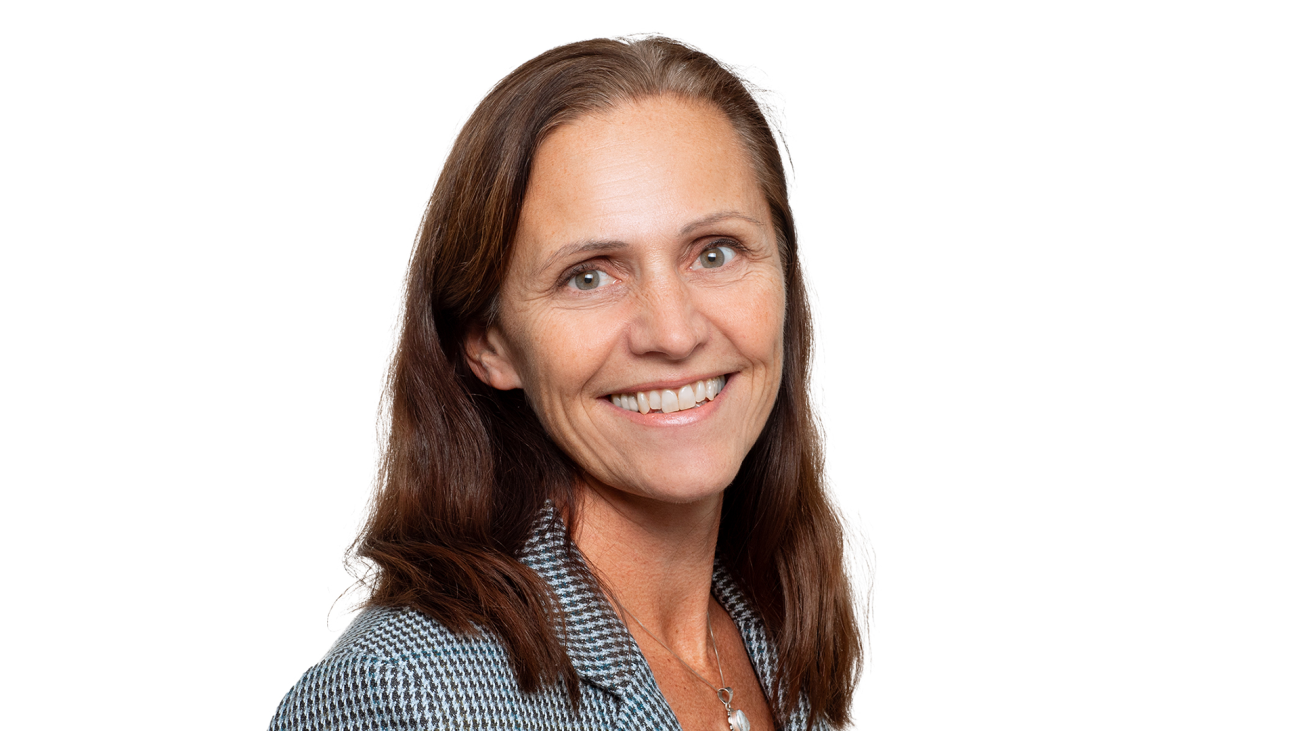About Catrine Birkevold Liem
Position: Nordea Sustainable Finance Advisory, Country Lead, Norway
Age: 50
Family: Live in Oslo with a Canadian husband, 3 teenagers and a cat
Former jobs: Been in finance my whole career; 10 years in the Norwegian Export Credit Agency followed by 15 years in DNB
Interests: Family, friends, tennis
Interests in sustainability: Banks’ role in the transition

